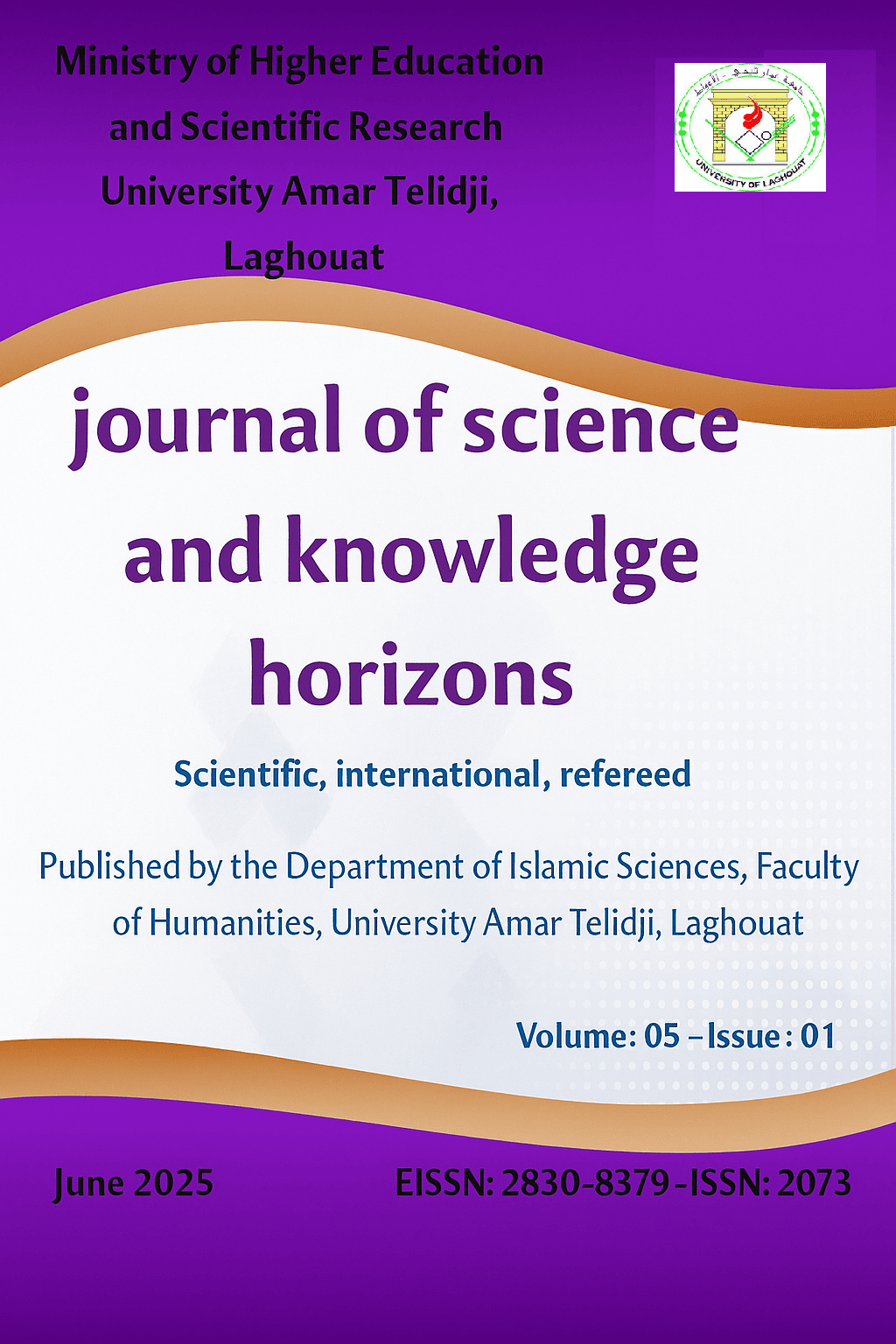Derivational Morphology and Compounding: a descriptive study towards enhancing the learning and teaching of Gugbe
Abstract
This study examines the morphological processes involved in word formation in Gugbe, a language spoken in West Africa, with particular focus on Nigeria and Benin. Unlike previous research, which has primarily explored Gugbe syntax (Aboh, 2017; 2007; 2005; 1999; 1998), this study shifts focus to morphology, addressing the gap in understanding of word-formation processes in the language. Building on Adjibi’s (2020) work on Gugbe names and words associated with ‘ogú’ (the god of iron), the objectives here are to outline key Gugbe word-formation mechanisms and compare them to English morphological structures. Methodologically, the study analyzes words, phrases, and sentences from everyday speech and native songs, assessing morphological markers. Results show that Gugbe employs diverse processes: prefixation (e.g., otò, ‘country’), suffixation (mítọn, ‘our’), compounding (Gbé-kanlin, ‘wild animal’), reduplication (dagbedagbe, ‘very good’), calquing (Sȩnami, ‘God gave it to me’), clipping under calquing (Mìjoședo), and borrowing (blȩdi, ‘bread’). Notably, while most compound words in Gugbe are right-headed (e.g., gbékanlin, ‘wild animal’), some are left-headed or non-headed. This investigation expands understanding of Gugbe morphology, enriching linguistic resources for Gugbe learners and prompting further research into Gugbe lexical innovation.
Downloads
References
Aboh, E. (2005). Object-shift, verb-movement and verb reduplication. In G. Cinque & R. S. Kayne (Eds.), The Oxford Handbook in Comparative Syntax (Chap. 4).
Aboh, E. O. (1998). On the syntax of Gungbe noun phrases (a revised version). Generative Grammar in Geneva, 6, 1–28.
Aboh, E. O. (1999). From the syntax of Gungbe to the grammar of Gbe. Edition à la Carte SA.
Aboh, E. O. (2007). A ‘mini’ relative clause analysis for reduplicated attributive adjectives. Linguistics in the Netherlands, 24(1), 1–13.
Aboh, E. O. (2017). Functional verbs in Gungbe: The case of inherent complement verbs. Linguística: Revista de Estudos Linguísticos da Universidade do Porto, 10, 9–29.
Adebileje, A. O. (2013). A comparative description of affixation processes in English and Yoruba for ESL pedagogy. Theory and Practice in Language Studies, 3(10), 1756.
Adjibi, J. B. (2020). Fongu, Ogubiyi, guzangbé, gufifon: Taxinomie et interprétation de dérivés lexicaux de-gu; analyse d'un corpus de formes construites avec l'élément-gu. In GU/OGOU, Figure Guerrière de la Constellation des Vodouns: Épistémologie d'un Vodoun Pionnier du Développement.
Agbeyangi, A. O., Odiete, J. O., Lawal, T. A., & Olorunlomerue, A. B. (2016). Morphological analysis of standard Yorùbá nouns. American Journal of Engineering Research, 5(6), 8–12.
Akpotoghogho, A., & Braimoh, J. J. (2024). The phonetic challenges of vowel elision for Nigerian students of French for Specific Purpose (FOS). Valley International Journal Digital Library, 3488–3493.
Anderson, S. R. (1982). Where’s morphology? Linguistic Inquiry, 13(4), 571–612.
Arcodia, G. F. (2012). Constructions and headedness in derivation and compounding. Morphology, 22(3), 365–397.
Ardanouy, E., Zesiger, P., & Delage, H. (2023). Intensive and explicit derivational morphology training in school-aged children: An effective way to improve morphological awareness, spelling and reading? Reading and Writing, 1–25.
Arokoyo, B. E. (2013). Owé Linguistics: An introduction. Ilorin: Chridamel Publishing House.
Awobuluyi, O. (1978). Essentials of Yorùbá grammar. Ibadan: Oxford University Press.
Awobuluyi, O. (2001). Mofoloji Ede Yoruba. È̩ko̩ ́ Ìjìnlè̩ Yoruba: È̩dá-ede, Lítírésò̩, ati Às̩à, 47–70.
Awobuluyi, O. (2016). Ẹ̀kọ́ Ìṣẹ̀dá-Ọ̀rọ̀ Yorùbá. Ibadan: Kingdom Arts Publishing, Oyo State, Nigeria.
Bamgbose, A. (2000). A grammar of Yoruba (Vol. 5). Cambridge University Press.
Bauer, L. (1990). Be-heading the word. Journal of Linguistics, 26, 1–31.
Braimoh, J. (2020). The impact of texting language on Nigerian students: A case study of final year linguistics students. Per Linguam: A Journal of Language Learning, 36(1), 15–31.
Braimoh, J. J. (2022). Linguistic expressions of Pidgin in Nigerian stand-up comedy (Doctoral dissertation, The University of Mississippi).
Capo, H. B. C. (1986). Renaissance du Gbe, une langue de l'Afrique Occidentale: Étude critique sur les langues Ajatado: L'Ewe, le Fon, le Gen, l'Aja, le Gun, etc. (No. 13). Université du Bénin, Institut National des Sciences de l'Éducation.
Ceccagno, A., & Basciano, B. (2007). Compound headedness in Chinese: An analysis of neologisms. Morphology, 17, 207–231.

This work is licensed under a Creative Commons Attribution-NonCommercial 4.0 International License.






